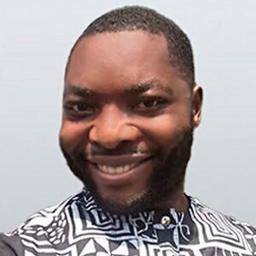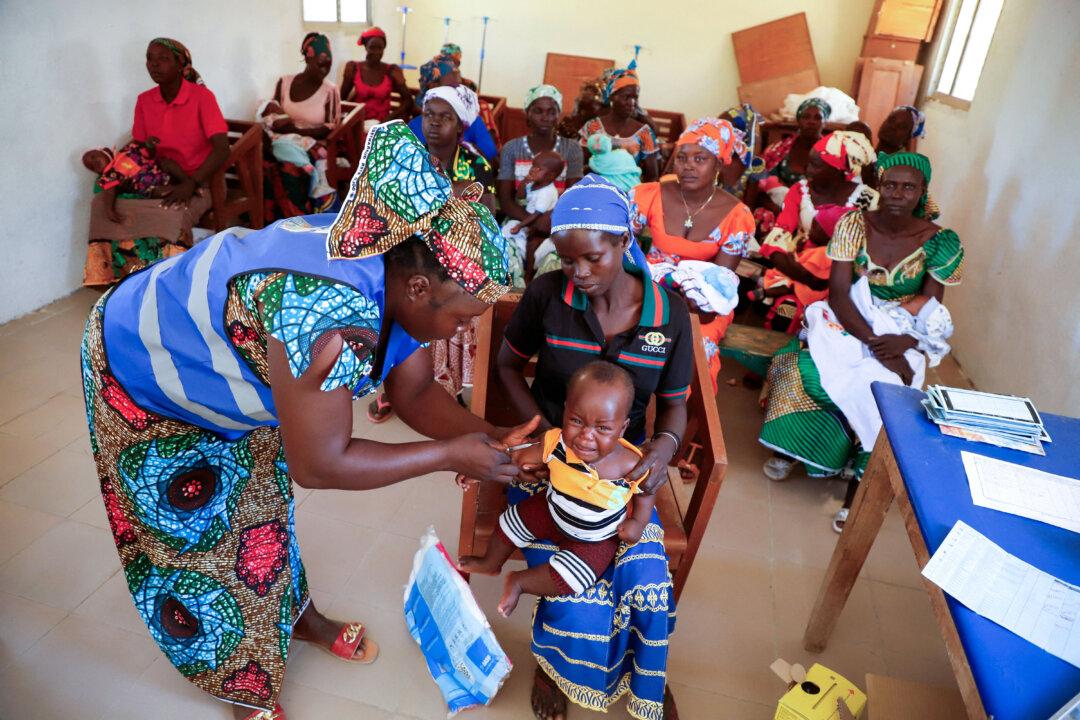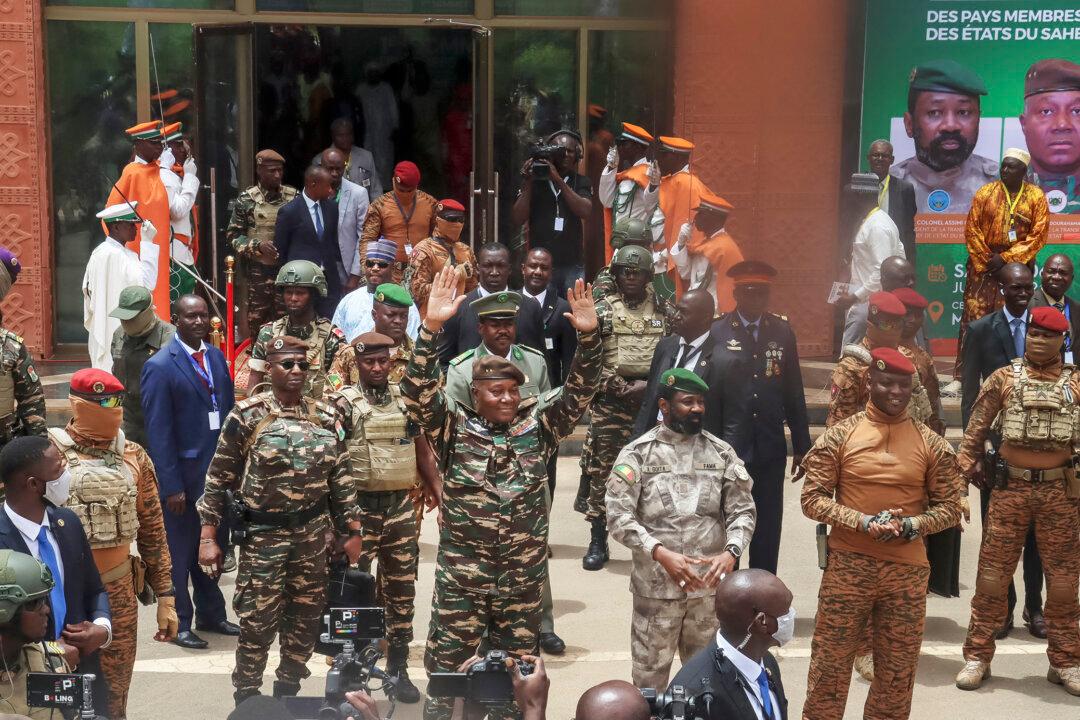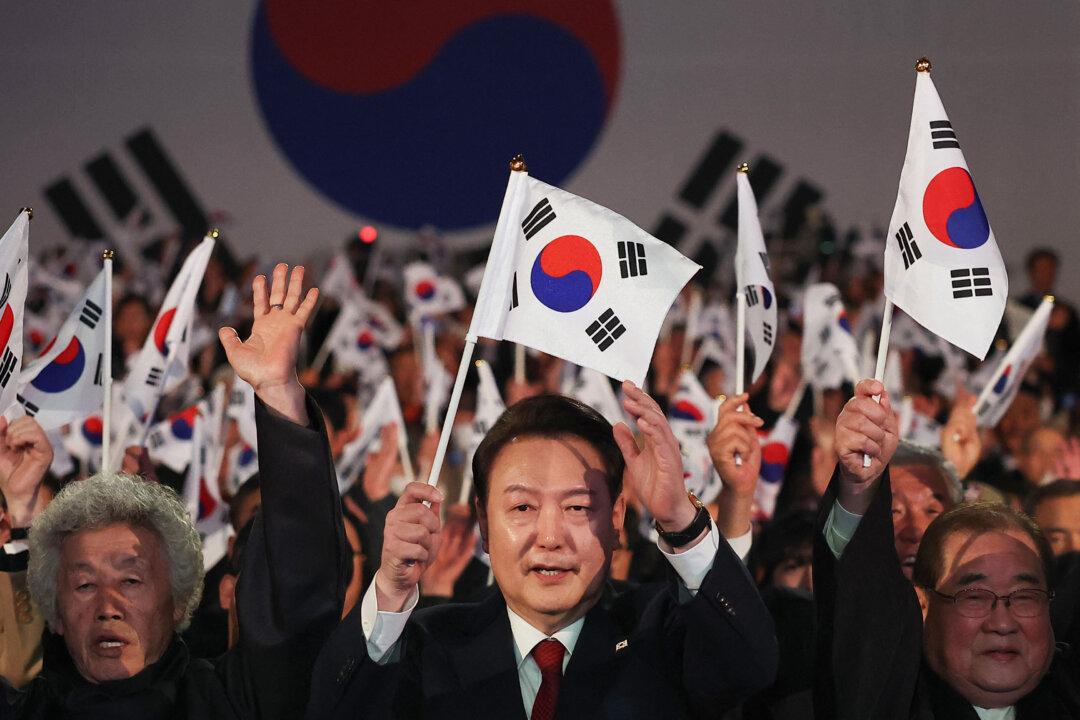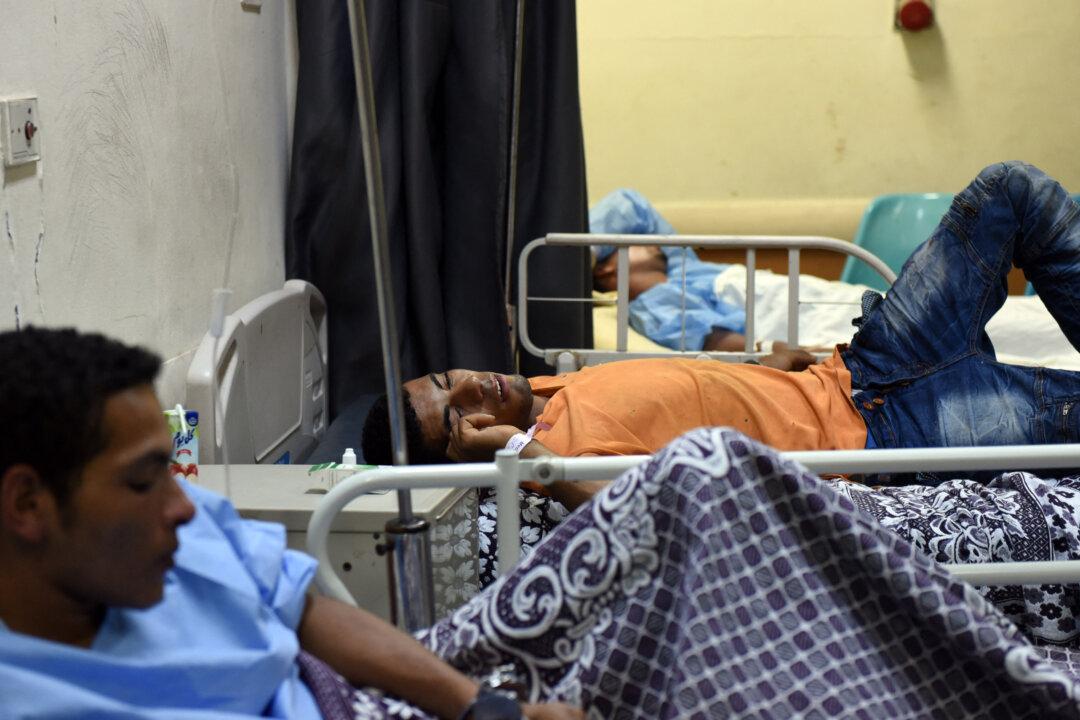YAOUNDE, Cameroon—Journalist Eugene Amani, 32, was gripped by an overwhelming wave of fear and helplessness while watching the Rwanda-backed M23 armed group march on Goma, the main city in the eastern Democratic Republic of the Congo (DRC), after seizing nearby towns in one of the biggest escalations yet in a three-year conflict.
Amani said he felt apprehensive about life under M23 rule yet lacked the means to flee the city.
“We are fearful of the M23 rebels taking over Goma because we don’t know the kind of treatment they will give journalists who were banned from reporting on their activities,” Amani had told The Epoch Times on Jan. 25.
“It’s a worrying situation with the M23 rebels occupying a large part of the city of Sake—less than 20 kilometers [12.42 miles] from Goma. Currently in Goma, schools, including universities, have shut down while markets, shops, and stores are only partially open. There’s no electricity. The public transport system has been disrupted.”
The rebels entered Goma on Jan. 27 and seized control of the city’s airport the following day, after facing pockets of resistance in strategic areas.
Hundreds of government troops and allied militia laid down their weapons. By Jan. 29, the rebels were in control of the devastated city, where corpses still lay in the streets.
The M23 rebels have continued advances elsewhere in the eastern DRC despite announcing a unilateral cease-fire on Feb. 3. The United Nations (U.N.) said nearly 3,000 people have so far been killed in Goma since the conflict escalated.
Goma is home to 2 million people, including 800,000 internally displaced people fleeing violence.
Charity nongovernmental organization Oxfam said the M23 rebels’ renewed offensive around Goma has led to a “catastrophic escalation” of the humanitarian crisis, displacing hundreds of thousands of people—many of whom had already endured multiple displacements before—and forcing them to flee once again in search of safety.
“The fighting has created chaos in Goma town with people now looting shops and hardware,” Manenji Mangundu, country director of Oxfam in the DRC, told The Epoch Times via email.
“Banks have closed and ATMs emptied, meaning people don’t have access to cash,” he said. “As violence intensifies, families have sought shelters in schools and churches in and around Goma city, where they face inadequate shelter and the lack of essential basic social services.”
Mangundu said humanitarian organizations such as Oxfam are “struggling” to keep up as electricity and water supplies remain cut off and hospitals are overwhelmed with the influx of wounded civilians.
“With access to Goma restricted and aid routes compromised, the humanitarian situation is deteriorating rapidly, leaving millions at risk of starvation, diseases like cholera, and further violence if the fighting continues,” he said.
He called on all parties to the conflict to agree to the establishment of safe access to enable the resupply of critical medical and humanitarian supplies, safe civilian movement, and the rotation of humanitarian staff.
“Specifically, we need access in and out of Goma and between Minova and Bukavu to ensure life-saving assistance reaches affected populations,” he said. “We need immediate international support to ensure that vulnerable families are not left behind.
“The most basic needs for survival—food, clean water, medical care, blankets, and protection—are in short supply and will be worse if funding is not secured as soon as possible.”

The DRC has been unstable since the 1960s, and the revolt by the M23 in the eastern part of the country remains one of the major festering security challenges confronting it.
The conflict has also displaced more than 5 million Congolese, engendering a cycle of poverty and militarization.
Fighting has been fueled by ethnic and geopolitical competition among the DRC, Rwanda, Uganda, Burundi, and various non-state armed groups.
The M23 was formed by some former members of a Tutsi militia group known as the National Congress for the Defense of the People. U.N. experts said they believe that the M23 has been receiving financial and material support from Rwanda.
Since the Rwandan Genocide of 1993 to 1994, the eastern DRC has been plagued by fighting among a variety of armed factions—factions that represent different ethnic and religious groups.
The genocide fueled much of the current conflict, as perpetrators and victims fled Rwanda at different times, leading to large refugee populations inhabiting the eastern DRC to this day.

These refugee populations reacted to a lack of strong governance in this remote section of the DRC by building militias.
The DRC’s government has neither been able to solve the governance issue of the border region nor control the numerous ethnic and tribal tensions that have resulted from this large refugee movement.
The DRC government, U.N. officials, and Western powers (including the United States) have accused the DRC’s neighbor Rwanda of fueling the conflict by deploying thousands of its troops and heavy weapons on Congolese soil in support of M23.
The accusations are based on a 2022 report by a U.N. Group of Experts that stated there was “solid evidence” that Rwandan troops had been fighting alongside the M23 rebels.
Multilayered Conflict
Josaphat Musamba, a Congolese doctoral researcher at Ghent University, Belgium, who is based in the eastern DRC city of Bukavu, told The Epoch Times that the conflicts in the eastern DRC are “multifaceted” and “intertwined” with different objectives.“Currently we know the armed conflict between [the M23] rebellion with a transnational dimension and the Armed Forces of the Democratic Republic of Congo (FARDC) as a civil war,” Musamba said.
“This conflict not only pits these warlords against the policies of Kinshasa but also the involvement of the Rwandan defense forces accentuates the tension between two states, i.e., Rwanda and DR Congo [DRC].
“We also have conflicts linked to the question of the Tutsi in North Kivu who complain about the discrimination of the Tutsi and the problem of warlords being removed from the army after the M23 of 2012.
“There is also the question of Congolese refugees of Tutsi origin in particular who are in the camps in Rwanda.”

Musamba also noted the conflict pitting protected areas (Virunga National Park) against local communities, which has nothing to do with the M23 rebellion; the conflicts of power and succession in the lands of the eastern DRC; the conflicts between the Hema and Lendu communities; and the conflicts between the Banyamulenge and Bembe or Bafuliiru.
“So, there is not just a [single] conflict in eastern DRC but rather, many more conflicts which entangle and overlap,” Musamba said.
“There are also numerous armed groups. Recent studies which date back more than two years talk of 250 different armed groups while other studies put the figures at around 100.
Fight for Minerals Control
Three decades of conflict in the east of the DRC has only meant violence, hunger, expulsion, and constant fear for inhabitants of the North Kivu Province—one in three inhabitants, or 5 million people, are displaced and dependent on humanitarian aid.“[The conflict] has a lot to do with the struggle for control of the vast resources in this particular part of the Congo,” Mangundu said.
“The soil contains huge quantities of tantalum [extracted from coltan, a rare heavy metal used in the defense industry], copper, tungsten, gold, and tin.
“Sadly, the local population does not benefit from the exploitation of these resources. Some 3.08 million people are food insecure in North Kivu.”
Even before this latest surge in violence, the DRC had one of the world’s most neglected humanitarian crises.
More than 25.4 million people—a quarter of the population—were in need of humanitarian aid in 2024, while 7.3 million others were forced from their homes, including 6.5 million internally displaced people.
At least 1 million refugees have fled to neighboring countries.
Mangundu said only 47 percent of the Humanitarian Response Plan has been funded to date to provide for the millions in need.

“This crisis comes on top of an already alarming humanitarian situation in the east of the country, where funding is in decline,” Mangundu said.
USAID and Recent Funding Pause
The renewed M23 offensive came just days after U.S. President Donald Trump on Jan. 20 signed an executive order temporarily suspending all U.S. foreign assistance programs for 90 days, pending reviews to determine whether they are aligned with the administration’s policy goals.The U.S. Agency for International Development has provided more than $6 billion in humanitarian and development assistance to the DRC over the past 10 years. It has invested another $3 billion in humanitarian assistance over the past six years for people affected by natural disasters and conflict, providing life-saving food, health, nutrition, protection, and water sanitation and hygiene services across the country, including in conflict-affected areas of the eastern DRC.
This is in addition to the EU Humanitarian Aid Flights that deliver humanitarian personnel and cargo throughout the eastern DRC. The EU’s initial humanitarian aid allocation for 2025 is €60 million ($62 million).
Mangundu said it was not immediately clear how much assistance would initially be affected by Trump’s order, as funding for many programs has already been appropriated by Congress and is obligated to be spent.
The humanitarian waiver is “one step back from the precipice,” he said. He also noted that “it is a small comfort when so much vital sanitation, protection and other aid is still in limbo.”
Mangundu said: “We need to see this suspension lifted for all foreign assistance immediately so that lifesaving work can continue.
“No number of waivers or exemptions can undo the immeasurable harm this will cause to communities who need assistance; even with a humanitarian waiver, we know that suspending foreign aid could have life-or-death consequences.
“The Trump administration is withholding vital programs that meet the most basic needs of people living in crisis. The aid community continues to receive muddled instructions, causing more disruptions for the people who rely on their programs.”

